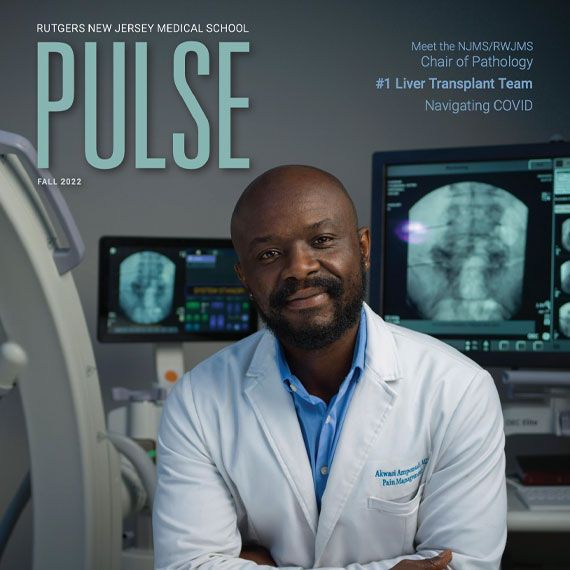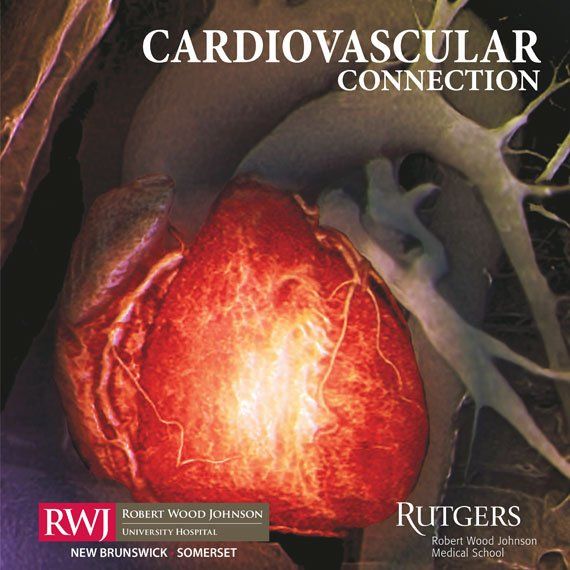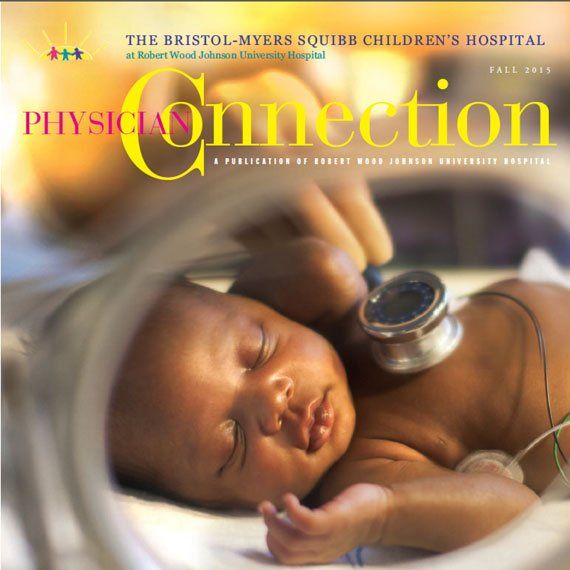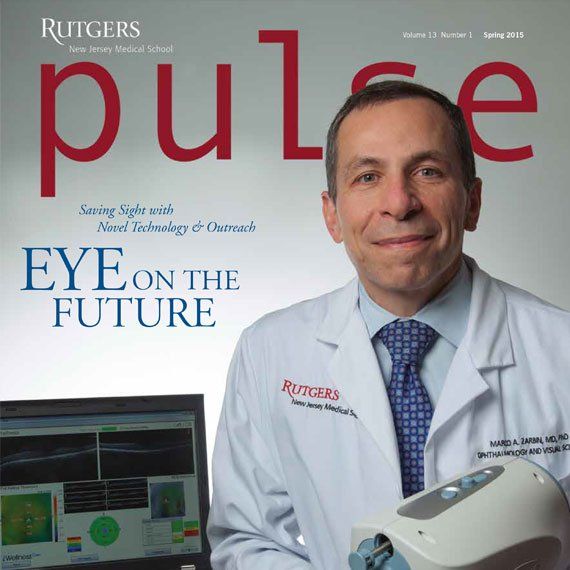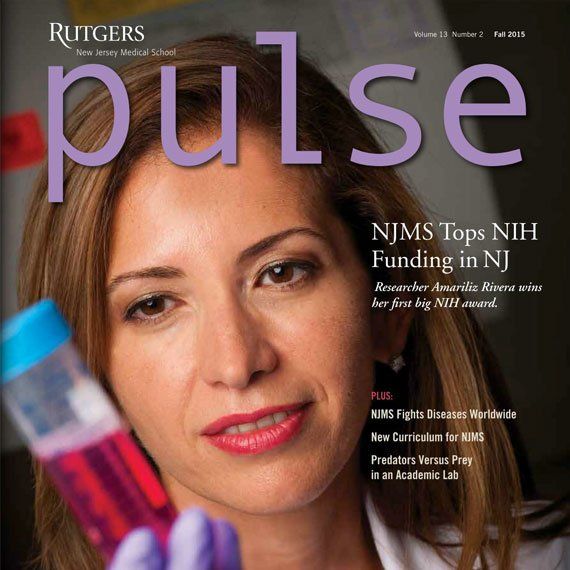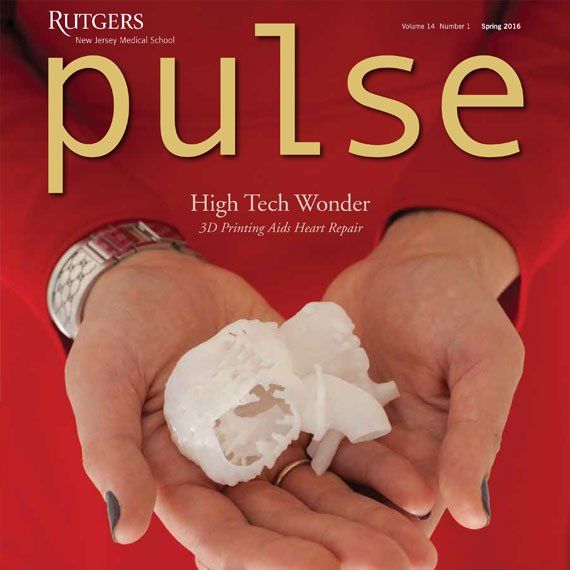Babies' Fascination with Faces
Last weekend, I took 11-month-old Evie to my book club, ordinarily an affair for adults only. She had a wonderful time but not because of the pizza or discussion. She became an intense, enthusiastic student of all the faces. At first, she was quiet and seriously alert, staring and memorizing but later, smiling shyly. By the end, she rounded the coffee table repeatedly, tapping new friends on the knees, sing-songing loudly with happiness.

(Evie reaching out to her mommy, Maggie.)
What makes a baby so interested and able to recognize faces? A new study by Stephen Spiegelbaum, PhD, at Columbia University Medical Center, and released to the press by the National Institutes of Health last March, pinpoints two obscure regions of the brain’s hippocampus called CA2s as important for social memory and our ability to recognize others. The hippocampus is where we store “the knowledge of who, what, where, and when.” Siegelbaum says, “Although the CA2 region of the hippocampus was discovered over 75 years ago, it has received very little attention.”
This neuroscience professor studied mice and showed that without active CA2 areas located on the outer edges of each side of the brain, a mouse was unable to recognize familiar animals and had profound loss of social memory. Interestingly, the CA2- deficient mice could recognize inanimate objects, just not the other mice. In humans, research has also demonstrated that individuals with schizophrenia and bipolar disorder have inhibited CA2 regions. By targeting these areas, Siegelbaum’s group hopes to be able to treat behavioral disorders in the future.
As children grow, especially during these early years of wondrous development, it’s always reassuring to watch their little brains light up so magically . Obviously, Evie has quite the hippocampus to fill with love and experience.











